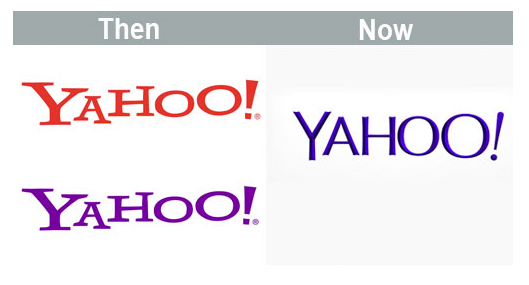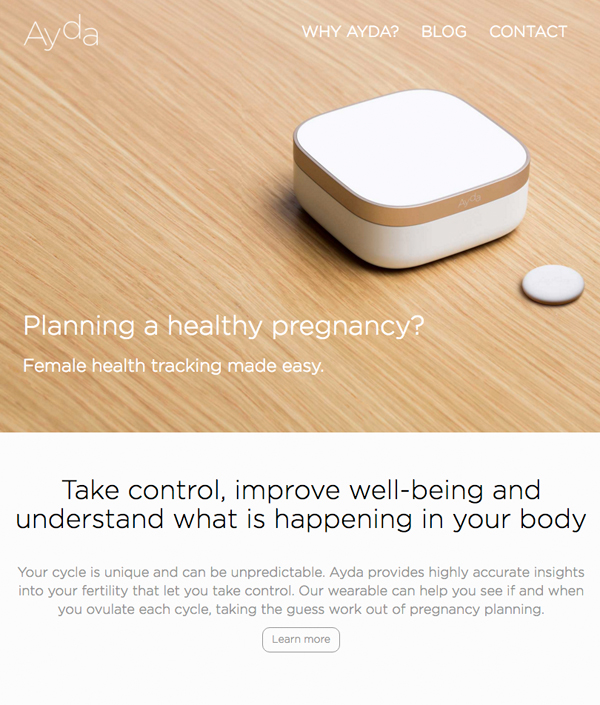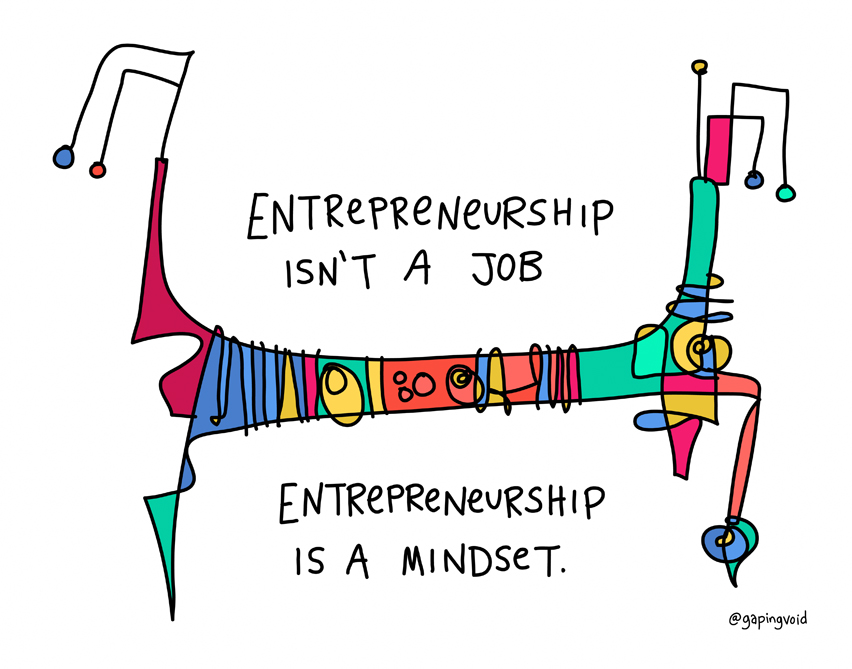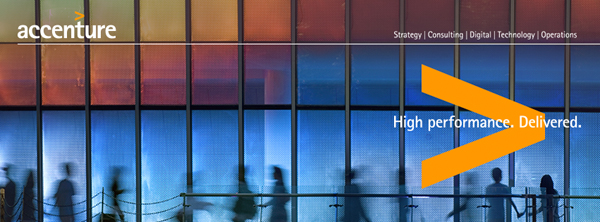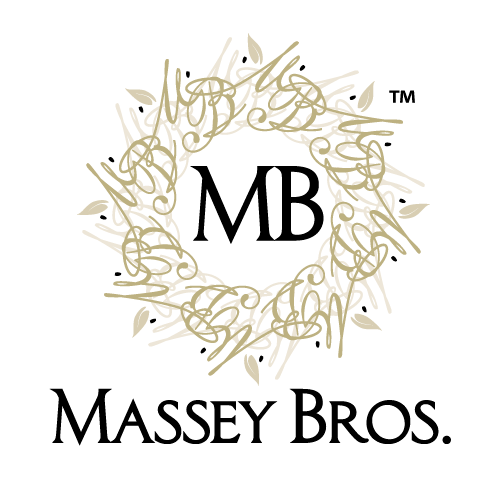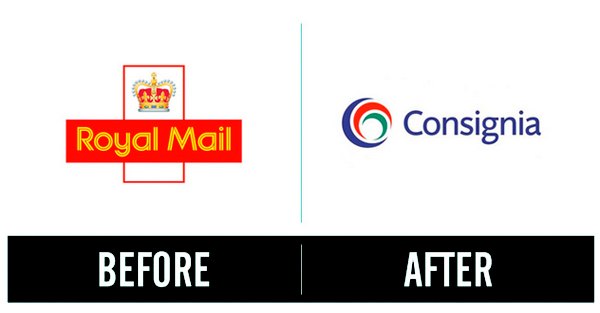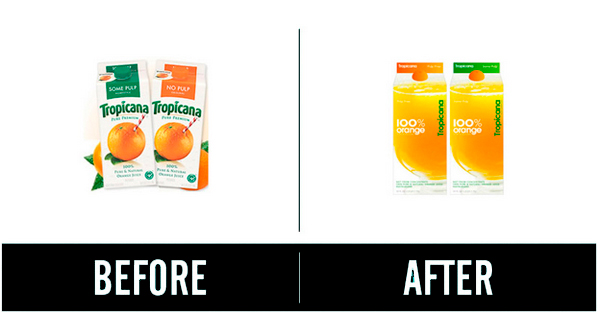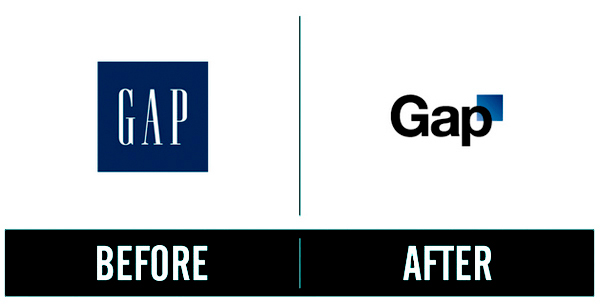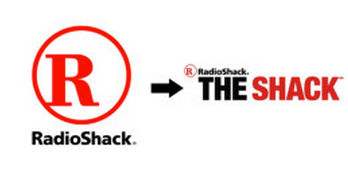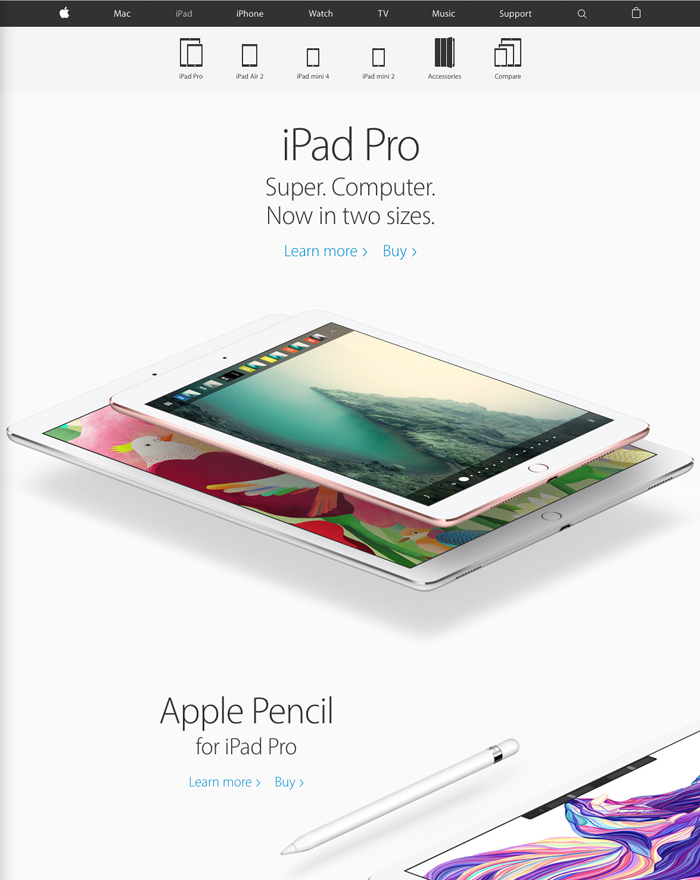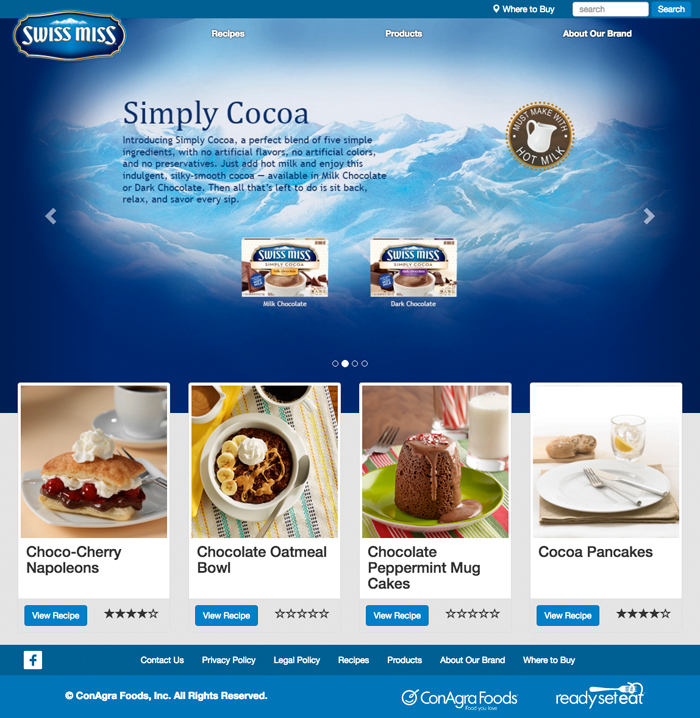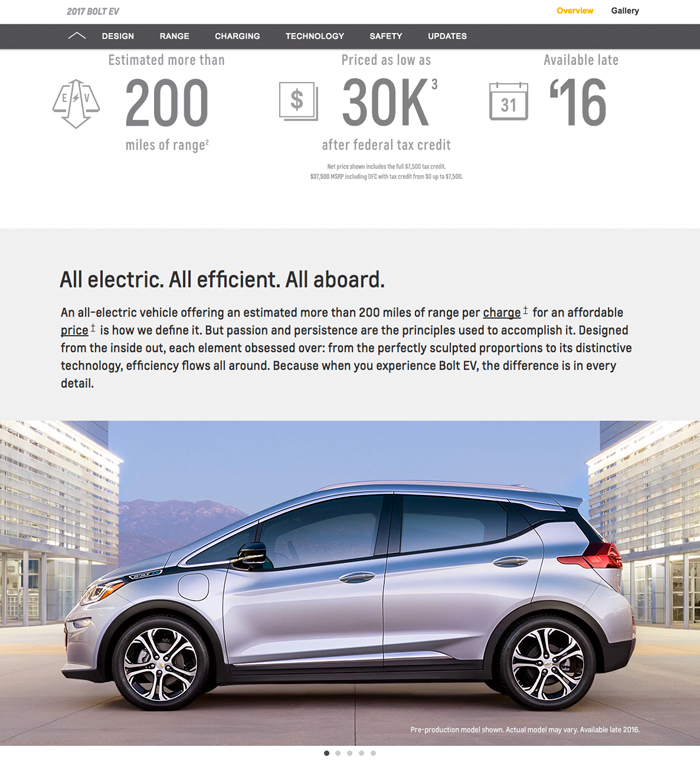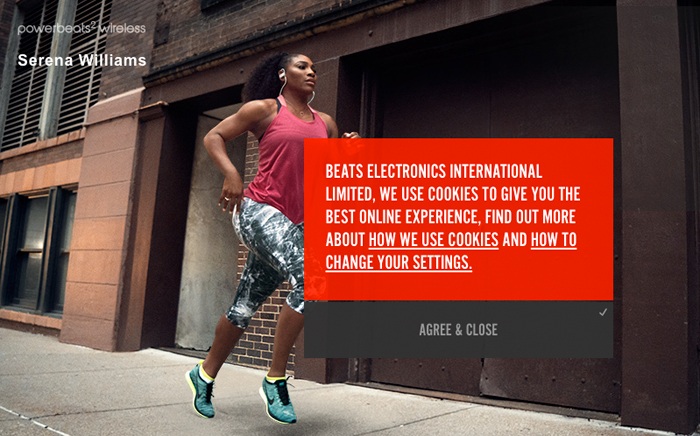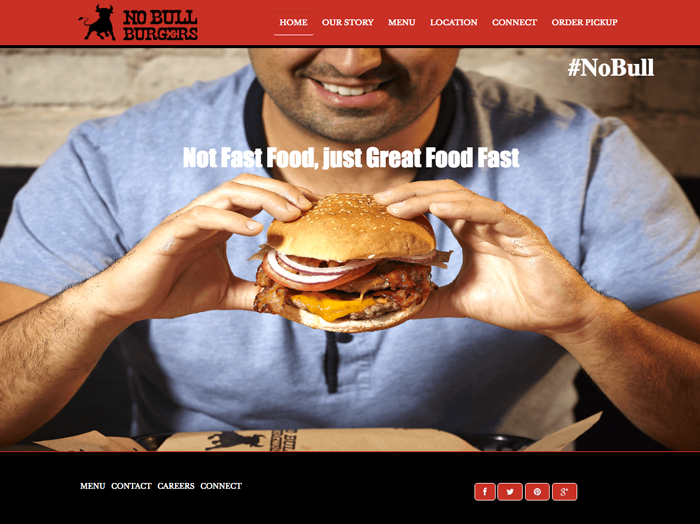How to Develop Your Brand Tone of Voice to Increase Sales
Bring to mind someone you love and know well. When they announce happy news, how do they do it?
It may be because of their personal brand type they give you the message as they bound into your home, all high-energy and dramatic, practically jumping up and down until you take the bait and ask them what they have to say. Or it could be they wait with calm, measured control until dinner is served, the family gathered at the table, before they quietly tell their news.
All people are different.
Each of us, according to our personality, convey messages differently. And it’s the same for brands and businesses. Each has it’s own personality and each delivers messages with a specific brand tone of voice.
The world’s best, most loved brands are those who have mastered brand tone of voice. The company’s personality shines through and it delivers messages in a tone that resonates with a specific group of people; their target audience.
In this article, we’ll take a look at what brand tone of voice is, how to develop it, and examples of companies who lead the way. A strong brand, with a strong tone of voice, will overtake its competitors and attract the right target audience. The result for the brand owner is increased sales.
What Is Brand Tone of Voice?
A brand’s voice is the personality it conveys, and which shines through in all it communicates. A brand’s tone of voice, is how the message is said. Online, brand tone of voice is the attitude of your content.
Right now, your brand already has a voice, as well as a tone of voice. The big question is this: what does your brand voice convey to your target audience?
For instance, does your brand say, “Thank you, Jeff!” or does it say, “Thanks, Jeff.”?
Things to consider for conveying tone of voice:
- Is your brand more formal or casual?
- On social media and in emails, do you use slang or emoticons?
- Do you make up your own words, like “peeps” for “people”, or “delish” for “delicious”?
- How does your brand use punctuation?
- Do you use humour and if so, how?
Once you decide on the tone of voice you want to convey, through the brand profiling process, you need to do it consistently. If you have a team of people working with you, it can be especially difficult to keep your branding elements consistent.
In fact you will need to develop a brand style guide so you can manage and protect your valuable brand assets effectively. A comprehensive brand style guide will also help you avoid unintentional brand self sabotage or the dilution of your brand. In truth a brand can never have major impact or become very strong unless it is intentionally developed, managed and controlled using brand profiling and brand guidelines.
One company that does an exceptional job with their brand tone of voice is Mailchimp, an online email marketing and automation platform. To keep their brand consistent, they created a comprehensive style guide[1]:
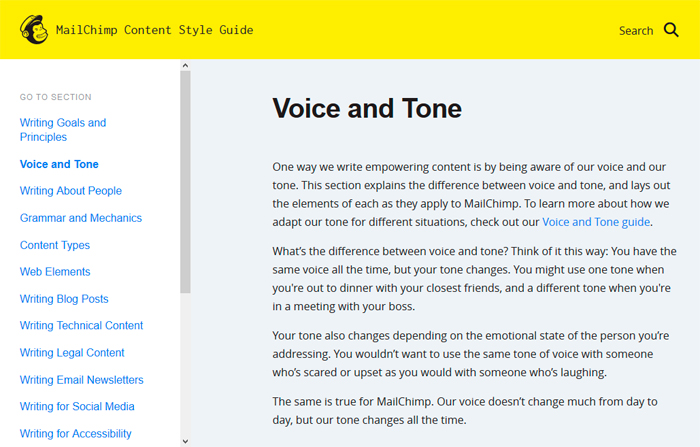
Image via MailChimp
Have a look at a screenshot of their YouTube videos – you can see just by the video images on their channel page, that their brand style guide works beautifully to keep their branding consistent:
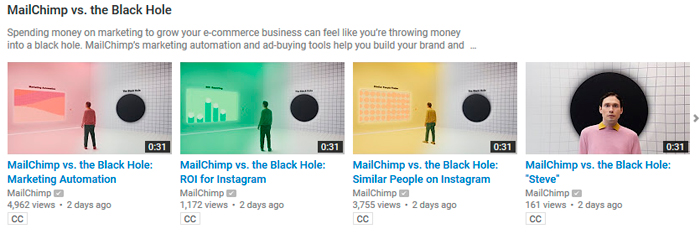
Image via MailChimp
Watch one of Mailchimp’s videos to get their full brand tone of voice experience:
What is your brand tone of voice telling people about who you are, and does it resonate with your target audience?
Related: Use Humour in Branding to Create Strong Emotional Bonds so You Increase Sales
Your Brand Tone of Voice Must Speak to Your Target Customer
Every business – including B2B’s – sell to people. It’s the people in companies who make decisions. The solutions you provide cater to a certain group of people or companies.
Before your business builds a branding strategy, it would need to create purchaser personas, fictional characters who embody and fully represent your ideal customer.
All branding should be built on the target customer at its core because you can’t effectively sell to people you don’t understand. You have to speak their language: what keeps them up at night? What are the problems they have that you can solve? What do they love? And so on.
Every business has a minimum of between two to twenty different ‘Purchase Personas’ so it’s essential you identify and map out each of your different customer types because you need to understand your target audience; their needs, wants, loves, hates and aspirations intimately, in order to maximize your brand strategy impact.
In fact, this exercise is one of the key elements in our brand building programme called the Personality Profile Performer™. As you map out each of your different customer types using the ‘Purchaser Personas’ system, the outputs provide the critical insights and direction for how your brand tone of voice is built to speak to your customers on their terms so they find your message compelling — winning their hearts and minds on their terms — so you can grow your business. The course also takes you through all the critical steps you need to build your brand tone of voice. You can watch a free course preview here.
Alternatively if you want in-person professional direction and expert consulting support to build your brand and would like to discuss working with us then drop us a line to [email protected] or give us a call T: +353 1 8322724 (GMT hours 9:00-17:00). We’d be thrilled to chat with you.
The Ritz-Carlton Hotel[2] is a case in point. In 2015, they launched their new brand voice; their goal being to create a refreshed, relevant voice that firmly positioned the hotel in the luxury top tier.
Related: Luxury Branding: How to Establish or Re-Position Your High-End Brand
To this effect, they used consumer insights on their target audience, getting feedback from more than 3000 “luxury” customers around the world.
Video via: Ritz-Carlton Hotel
Is your brand tone of voice resonating with your target audience?
Related: Brand Voice: Differentiating Through Your Own Brand Language and Attitude
Brand Tone of Voice and Word Style
Words impact your brand’s tone of voice, message style and personality in every single piece of communication, whether offline or online, whether it’s your HR department putting recruitment adverts in newspapers, the emails your employees send out, mobile text messages, frontline call centre language and phone scripts, social media responses, flyers, business cards, blog articles and so on.
Everything the public can see about your business is a message you’re sending out.
This message can either help or harm your reputation, so it has to be carefully crafted.
Related: Brand Crisis – How to Manage, Survive and Thrive
A brilliant example of brand word styles is provided by Donald Trump in his fight for presidency in 2016. In this next video, we take a look at the difference between the Donald Trump and the Russell Brand brands.
While Trump uses small, common, simple words, Brand uses uncommon, more complicated, sophisticated words. The way they speak is not by accident, but rather by design. Trump understands that shorter, simpler words are understood by a larger number of people while longer, less common words may carry more precision to a specific audience profile:
Video by Charisma on Command
Now unlike Donald Trump who made his billions long before he became the US president, Pat Flynn[3] is a well-known and respected online marketer who started his business ventures from nothing. In fact, in 2008 he was laid off from his job and forced to make a living doing something he knew nothing about: online marketing.
Related: What Brands Can Learn From Political Campaigns
In a world of sometimes less than honourable, online scams, Flynn brands himself as an ethical marketer. As such, he is open about his family and his life. To back up his “ethical-ity”, on the home page of his website, he’s given prominence to his monthly earnings. When the visitor clicks on it, they can choose to view monthly income reports.
Image via Smart Passive Income
Watch for the words and tone of voice Flynn uses in one of his videos:
Video by: Smart Passive Income
Flynn portrays himself as a humble, transparent family man who cares about his customers and visitors alike, whose principled and who can be trusted. This ultimately leads to increased sales; that’s the power of his brand’s tone of voice.
Whether your business is small, medium or a large conglomerate, your brand is sending out messages via the words it uses and how it behaves through its personality.
Brand Tone of Voice in Social Media
If your brand is participating on social media platforms, you are sending out messages to the public at large, and to potential prospects.
Unfortunately, because social media marketing is still in its relative infancy, many businesses just don’t get it right, and small to medium sized companies have a real struggle to understand and use social media to optimize their earnings.
But one small company has mastered social media tone of voice, and that is MOZ, an SEO consulting company with a staff complement of less than 150.
MOZ has a heavy online presence and is beloved by the SEO community. Why? The content they produce is clever, bright and fun. SEO being a very complex and sometimes technical topic, part of their brand standard is to make information simple to understand, even for the complete newbie.
In the MOZ style guide[4], they are specific about their brand tone of voice, and it is reflected in all the content they produce, whether published on their website, or uploaded to social media:
MOZ is clear about their brand tone of voice, and it is reflected in all their content.
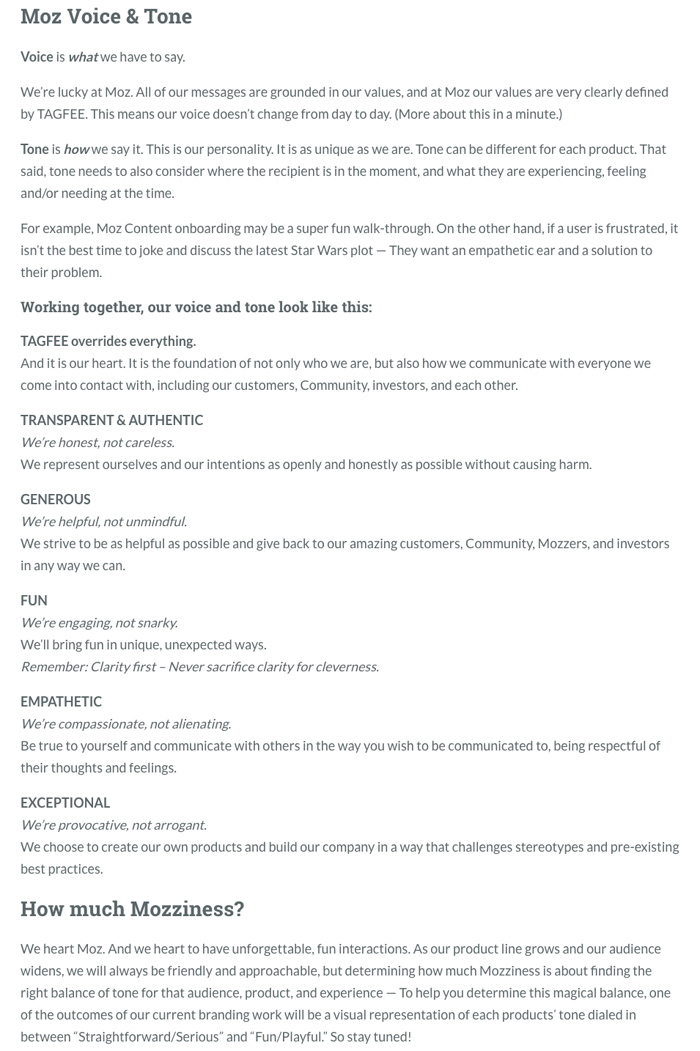
Image via Moz
Related: Personality Matters, Bring Your Brand to Life to Grow Your Profits
In the next example, you can see the MOZ brand tone of voice in action on their Facebook page:
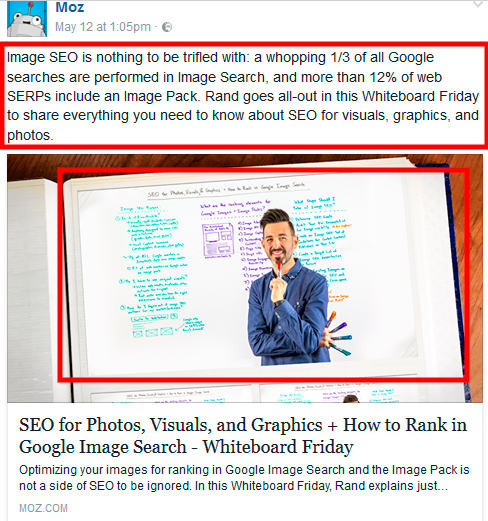
Image via MOZ Facebook page
Each blog post they upload as a Facebook status, includes a helpful summary, and the images they create are customized, fun and eye catching:
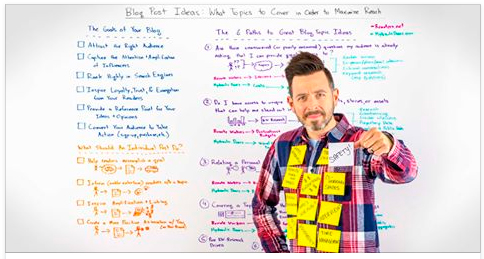
Image via MOZ Facebook page
All the images MOZ uses for their content are specially designed and eye catching, like this one.
No matter how much interaction you currently create on social media, brand tone of voice is essential to convey the right message, to the specific group of people you are targeting — your ideal ‘Purchaser Personas’ — if you want to increase your sales.
Related: Social Branding: The New Rules for Brand Success on Social Media
Summary
Your brand’s tone of voice acts like a magnet to attract the right people, your ideal customers, so you can increase your sales.
To be effective, your brand voice needs to speak to your specific target audience, not to everybody. Words play a huge part in brand personality, and your word style needs to be carefully constructed using brand profiling and then rolled out through the company as part of your brand strategy with absolute consistency. Remember consistency engenders trust and people, customers, only buy from people — brands they know, like and trust.
Your brand tone style guide needs to include social media content and the formulation of responses to messages.
Questions To Consider in Your Brand Tone of Voice
- What is your current tone of voice conveying to customers and prospects?
- What does your tone of voice say about what you stand for and who you are?
- Do you need to re-evaluate your brand tone of voice or perhaps give it a brand refresh?
- Does your tone of voice resonate with the people who matter most; your ideal target customers?

Does your brand tone of voice need a health check? Start your brand audit here.
Related: Rebranding: 15 Do’s and Don’ts for Brand Success
[1] http://styleguide.mailchimp.com/voice-and-tone/
[2] http://www.ritzcarlton.com/
[3] https://www.smartpassiveincome.com/about/
[4] https://ux.moz.com/guides/voice-tone/


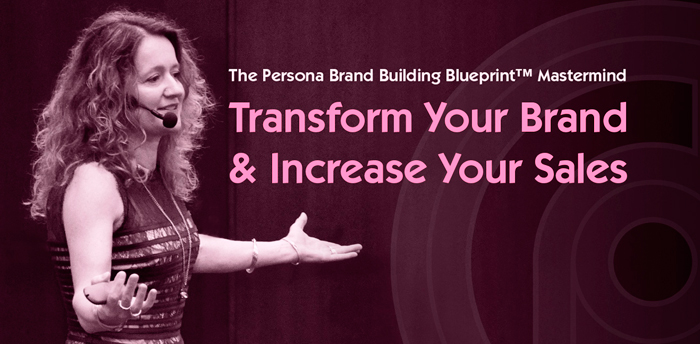
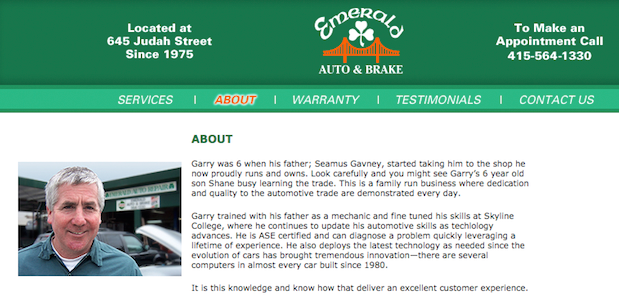

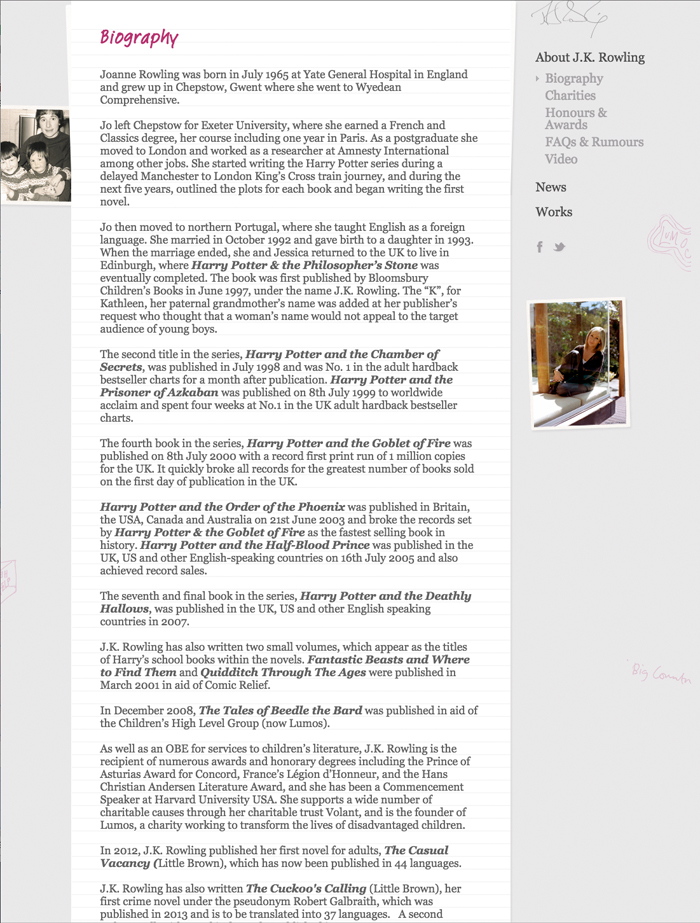
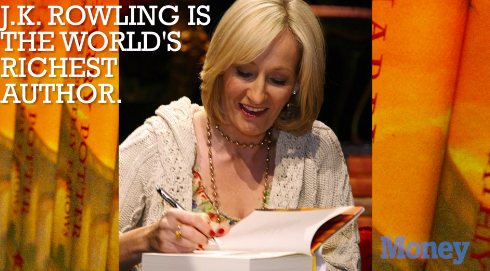
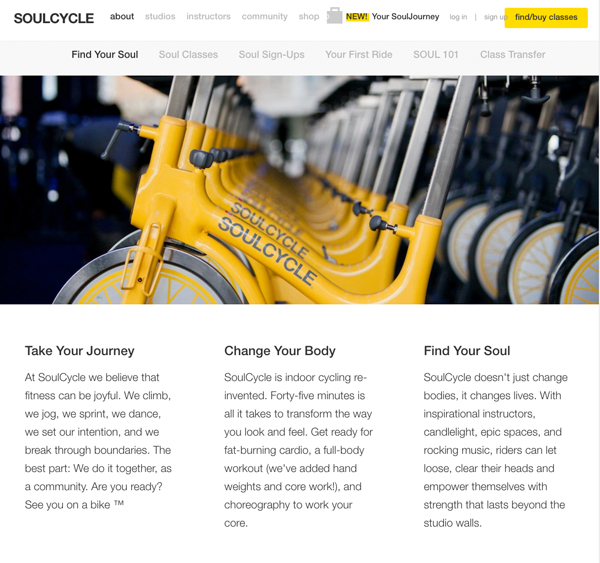
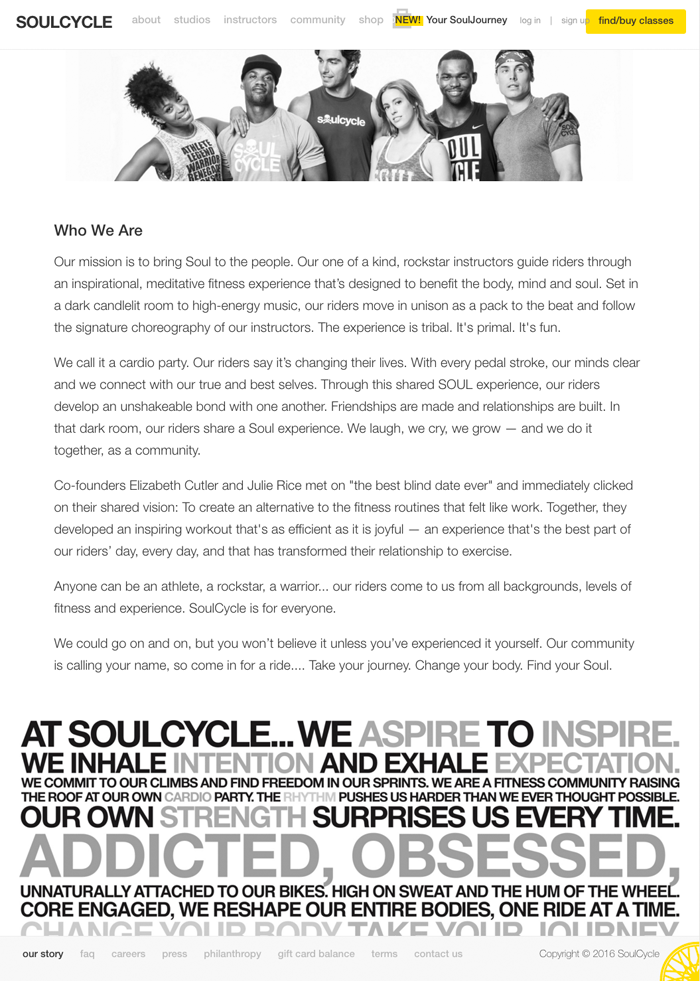
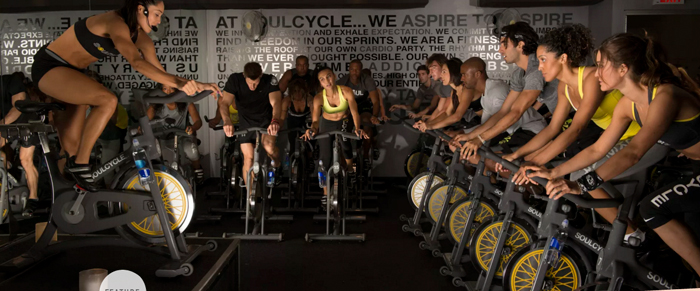
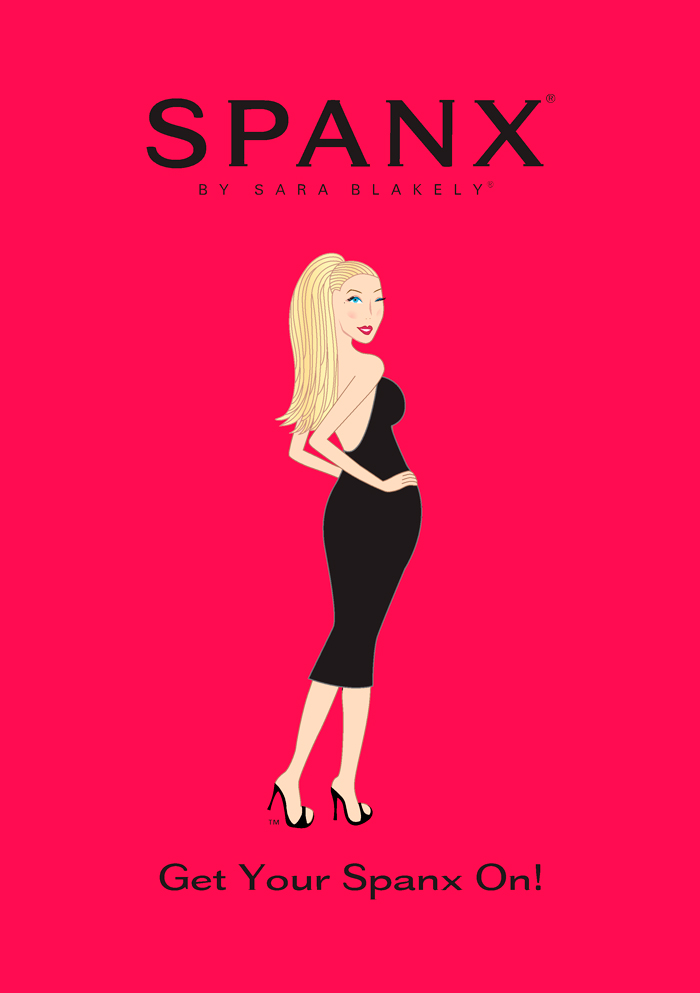
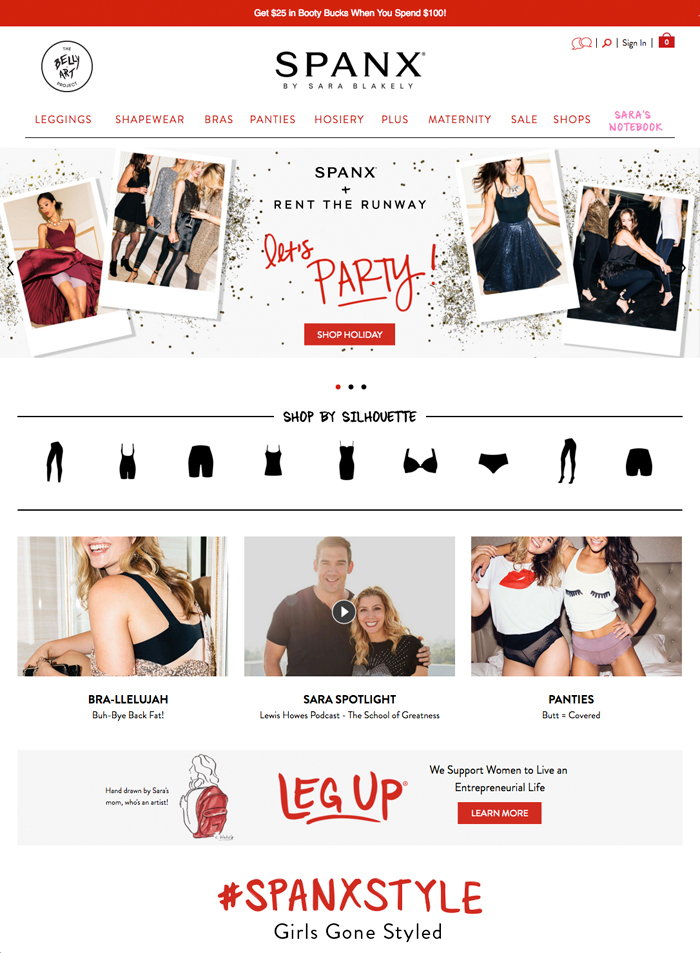
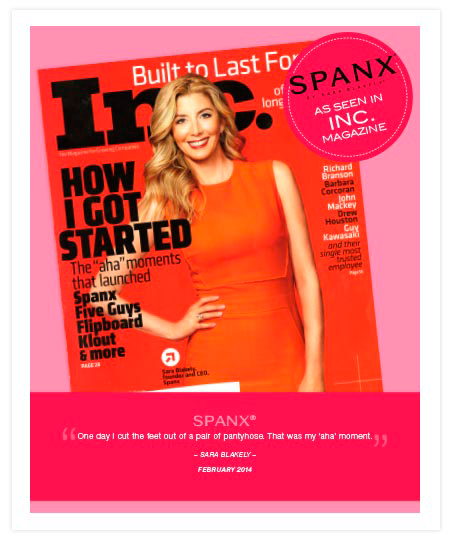
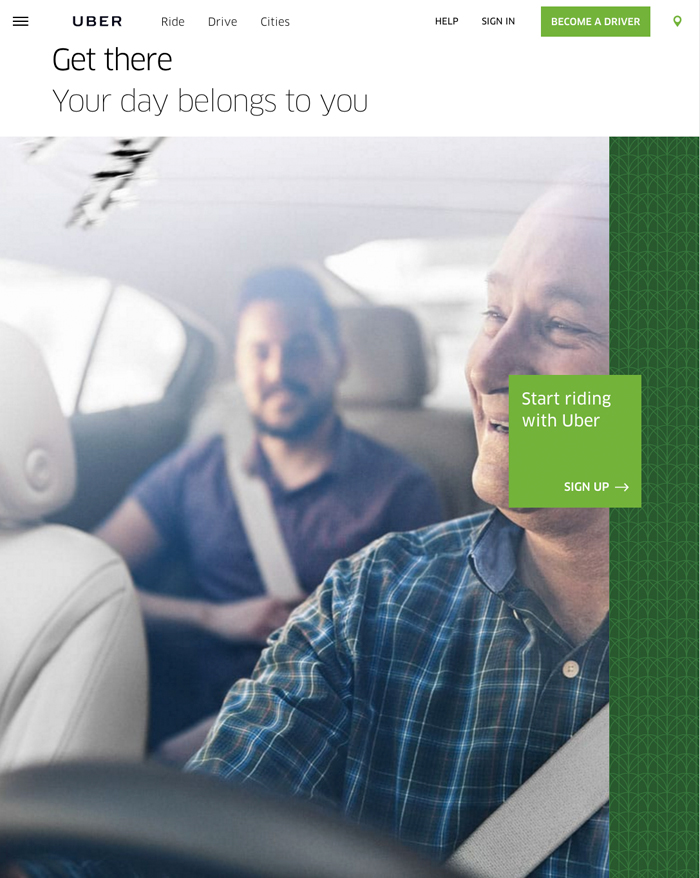

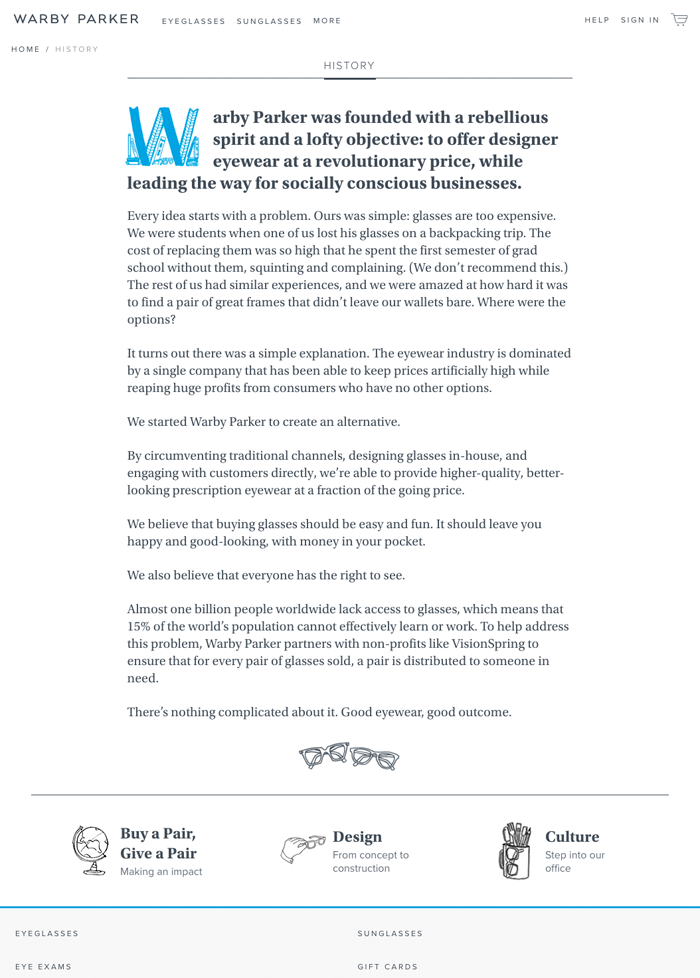


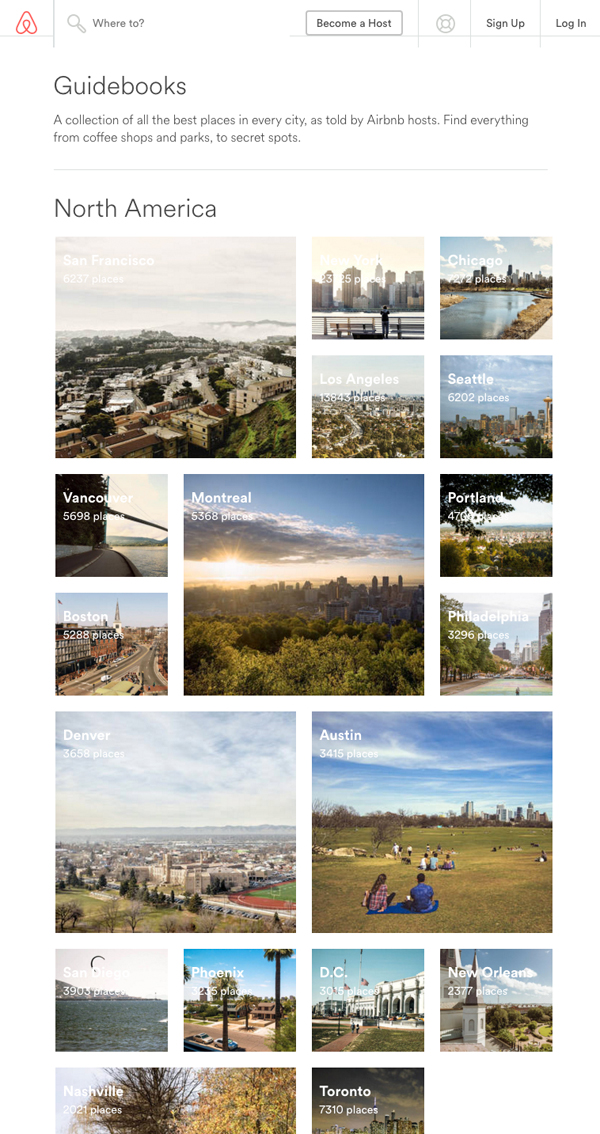
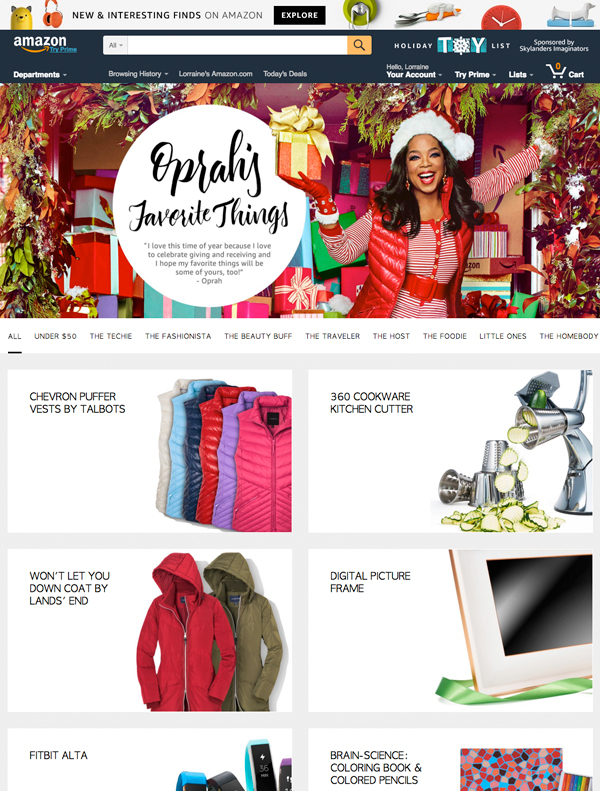
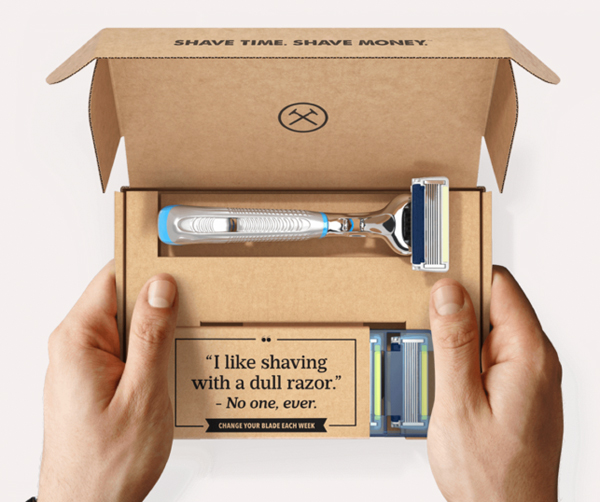
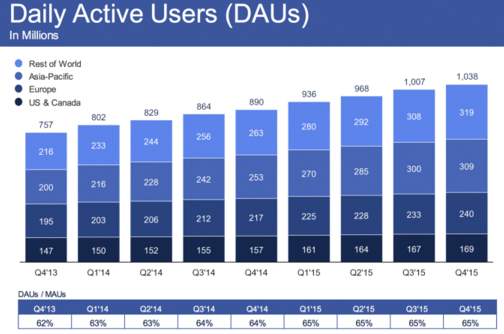
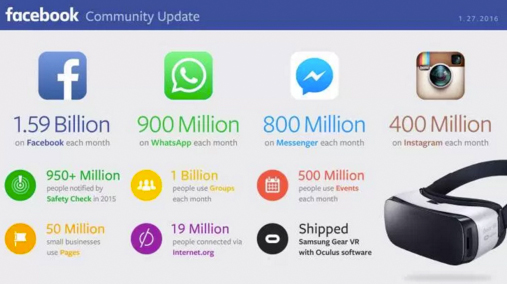
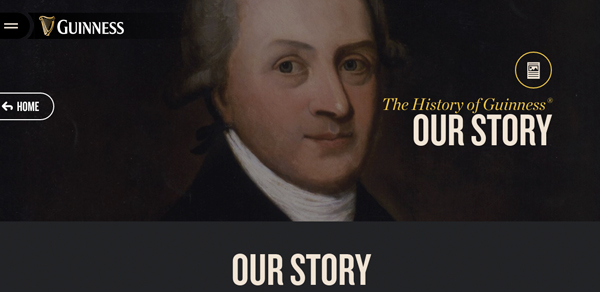


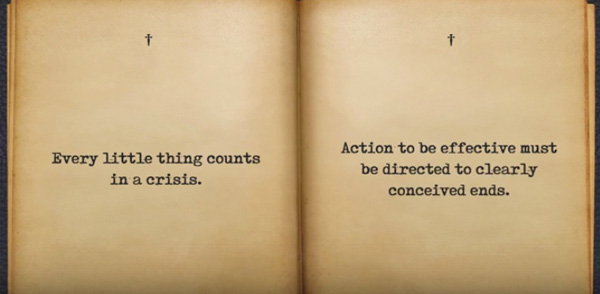

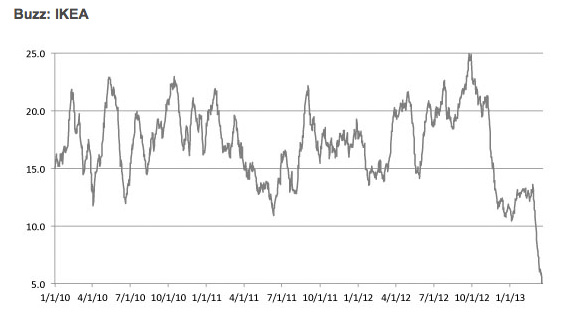
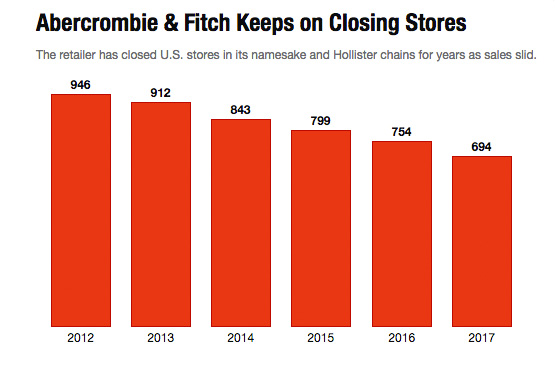
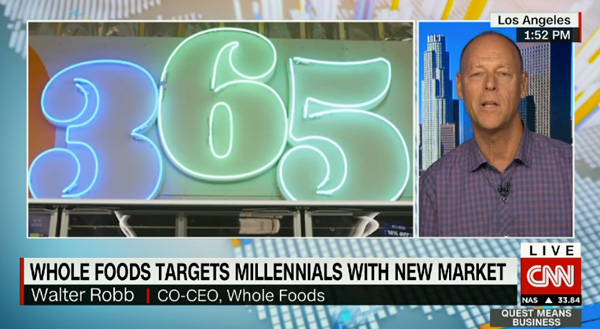
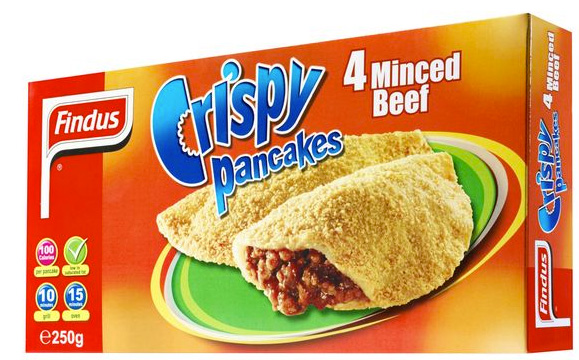
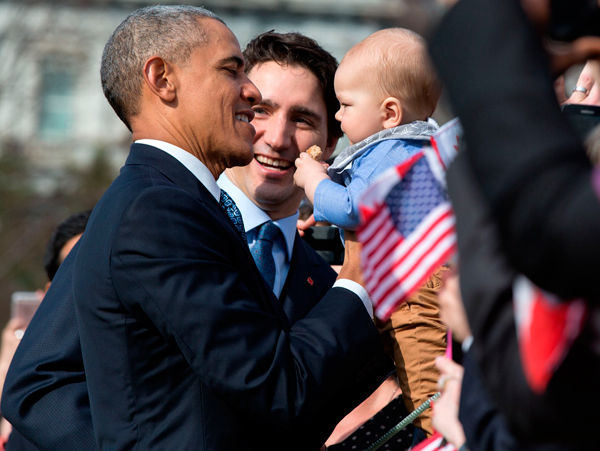

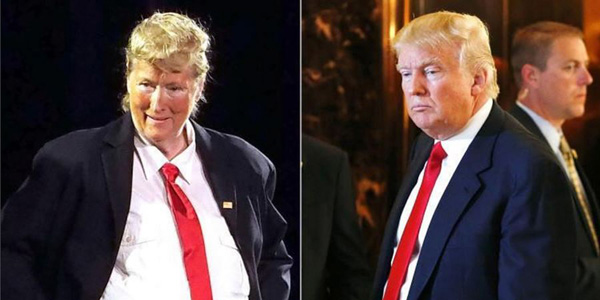


 Image via Gapingvoid, © Hugh MacLeod
Image via Gapingvoid, © Hugh MacLeod


